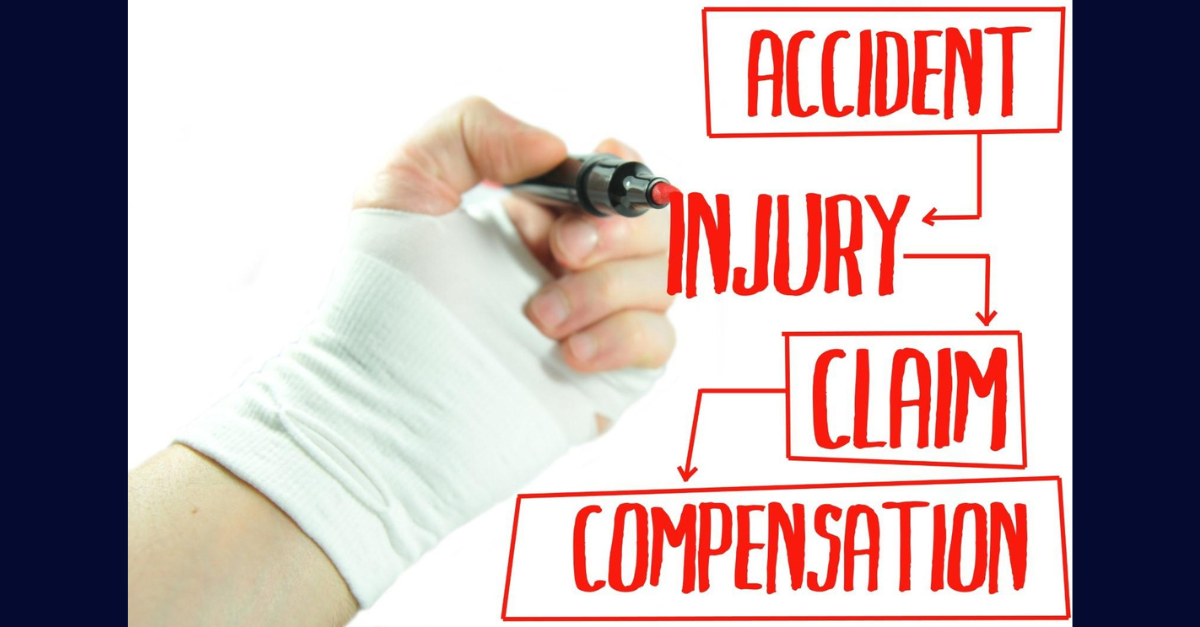
Workplace injuries can arise from various scenarios—falls, equipment malfunctions, or exposure to harmful substances.
Being injured in an accident is stressful enough, but dealing with the financial aftermath can make things even harder. Between medical bills, missed work, and the toll it takes on your life, it’s natural to wonder what kind of compensation you might be entitled to.
Now, here’s the multi-million dollar question: how do you go about calculating a fair personal injury settlement? The truth is, there’s no one-size-fits-all formula. Simply put, it’s handled on a case-by-case basis. What you can do is look at multiple aspects of the injury and its impact on your life. Let’s go into it:
Understand the Types of Personal Injury Cases
Personal injury cases cover a wide range of situations. The specifics of your case will play a big role in how your settlement is determined. You might be dealing with:
Motor Vehicle Accident
Car accidents are one of the most common personal injury claims. Settlement depends heavily on fault and insurance coverage. Typically, the at-fault party’s insurance covers the damages, but the amount you receive depends on the severity of your injuries.
Slip and Fall
These accidents usually happen on someone else’s property due to negligence, such as wet floors with no sign or broken stairs. Proving liability is critical here; you’ll need to show that the property owner knew about the hazard and didn’t take action to fix it.
In these situations, your medical records and any evidence of negligence can be pivotal. The total costs of medical treatment, rehabilitation, and lost wages will help determine your settlement.
Workplace Injuries
Workplace injuries can arise from various scenarios—falls, equipment malfunctions, or exposure to harmful substances. These cases usually involve worker’s compensation claims, which provide financial support to employees injured on the job.
In these cases, calculating settlements often consider medical expenses, lost wages, and disability. If your injuries affect your long-term ability to work, that can significantly increase your settlement value.
This is just the start of calculating your claims, so finding the best personal injury lawyer for your case in Queens, such as Davidoff Law or one in your local area, should be a top priority. Law experts will help you navigate the legal maze and give you an estimate of what your settlement might look like. Their main goal is to have your back and look out for your best interests every step of the way!

Make sure you’ve compiled all the documents and evidence related to economic damages to support your claim effectively.
Assess Your Damages
Next up is figuring out exactly what your damages are. Essentially, they’re generally divided into economic and non-economic categories. Let’s take a closer look at them:
Economic Damages
These are the tangible, out-of-pocket costs associated with your injury. They’re easier and straightforward to calculate because they come with receipts and clear financial records.
Economic damages include:
- Medical cost: This includes all the expenses related to your injury, from the initial hospital visit to ongoing treatments like physical therapy or medication. If you’ve had surgery or expect to need long-term care, those future expenses also count. It’s also best to consider any potential complications that might arise from your injury as well.
- Lost salary: If your injury caused you to miss work, you can claim the income you would have earned during that time. This covers the days, weeks, or even months you’ve been unable to work. If you’re still recovering, your settlement might also account for future lost wages.
- Property damage: If your personal property was damaged in an accident, like your vehicle, you can include repair or replacement costs in your settlement. This is often overlooked but can make a significant difference.
Make sure you’ve compiled all the documents and evidence related to these economic damages to support your claim effectively.
Non-Economic Damages
Now, here’s where things get a little more subjective. Non-economic damages cover the emotional and physical impact the injury has had on your life. Here are some examples:
- Pain and suffering: This refers to the physical pain or discomfort you may have endured due to your injury. Unlike medical bills, there’s no set number attached to this, so it’s often calculated using a multiplier method (more on that in a bit).
- Loss of enjoyment of life: If your injury has limited your ability to enjoy hobbies or activities, this can be considered in your settlement. For instance, if you’re an avid runner but are now unable to jog due to an accident, that loss can be compensated.
- Disfigurement: If your injury has caused visible scars or amputations, you may be entitled to damages for the emotional and social effects. The psychological burden of living with a disfigurement could deeply impact self-esteem.
Non-economic damages have so much weight on your living experience. They truly capture how the injury has affected your well-being beyond just the financial aspects.
As you can see, recognizing the tangible costs and the emotional toll your injury has taken will better equip you to negotiate a fair settlement.
Know How Fault Impacts Your Settlement
Not every accident is cut and dry, and sometimes, both parties share some degree of blame. This is where comparative negligence comes in. In many states, the amount you receive in your settlement could be reduced depending on the percentage of fault you hold.
For example, if you were 20% at fault for a car accident, your total settlement might be reduced by 20%. So, if the final compensation were initially USD$50,000, you’d walk away with USD$40,000.
Just take note that different states handle faults differently. So, it’s best to know how your state’s laws work in case you’re partially responsible.
Takeaway
Calculating a personal injury settlement isn’t an exact science. Every case has its unique circumstances that can influence the outcome. What you need to do is to work with a lawyer who knows the ins and outs of the legal process. With the right help, you can get through this and come out okay on the other side.
Members of the editorial and news staff of Law&Crime were not involved in the creation of this content.
Have a tip we should know? [email protected]






